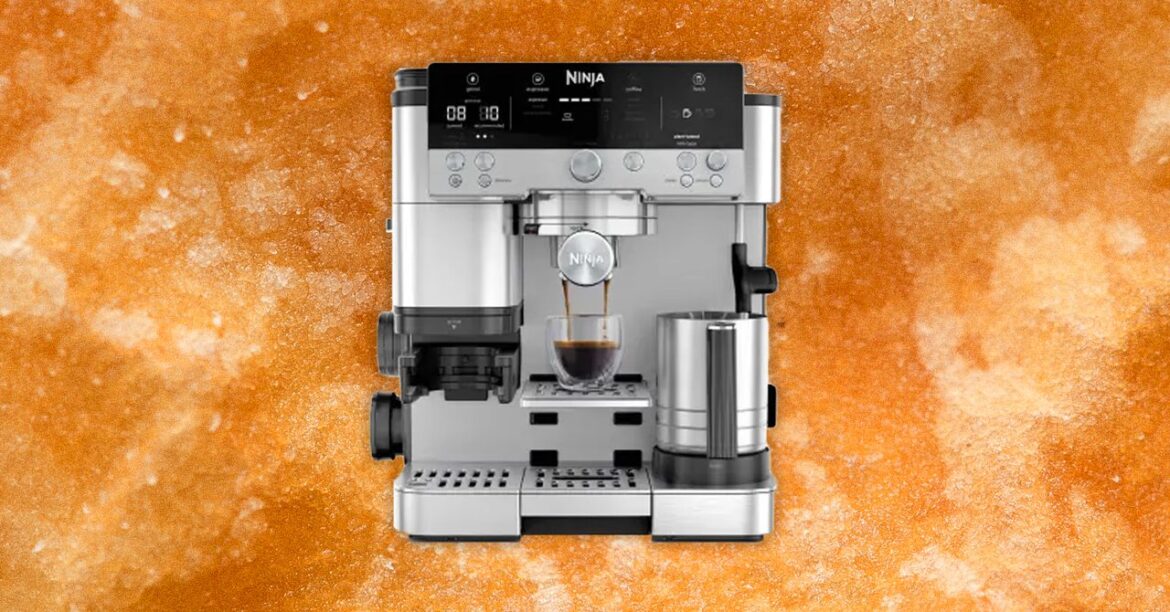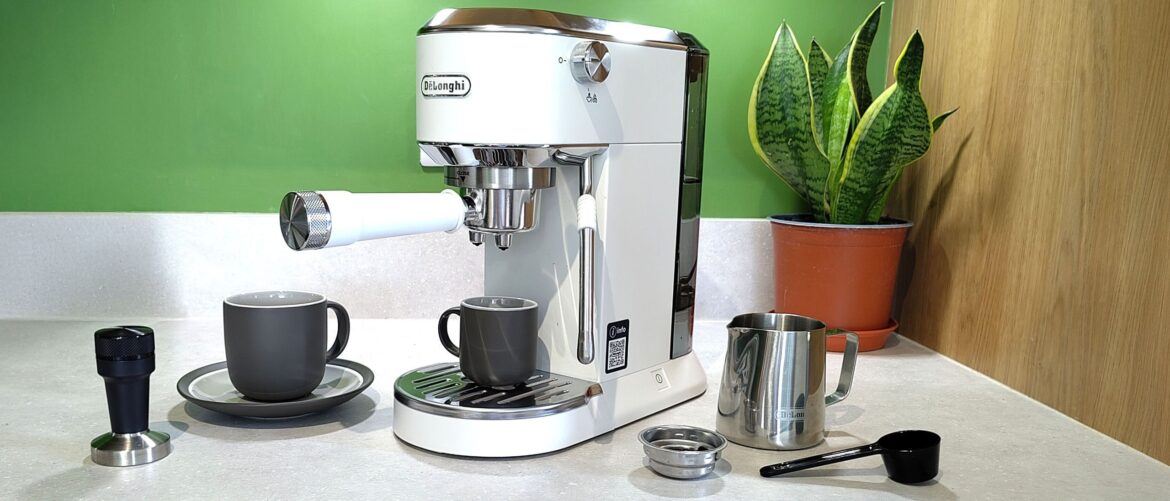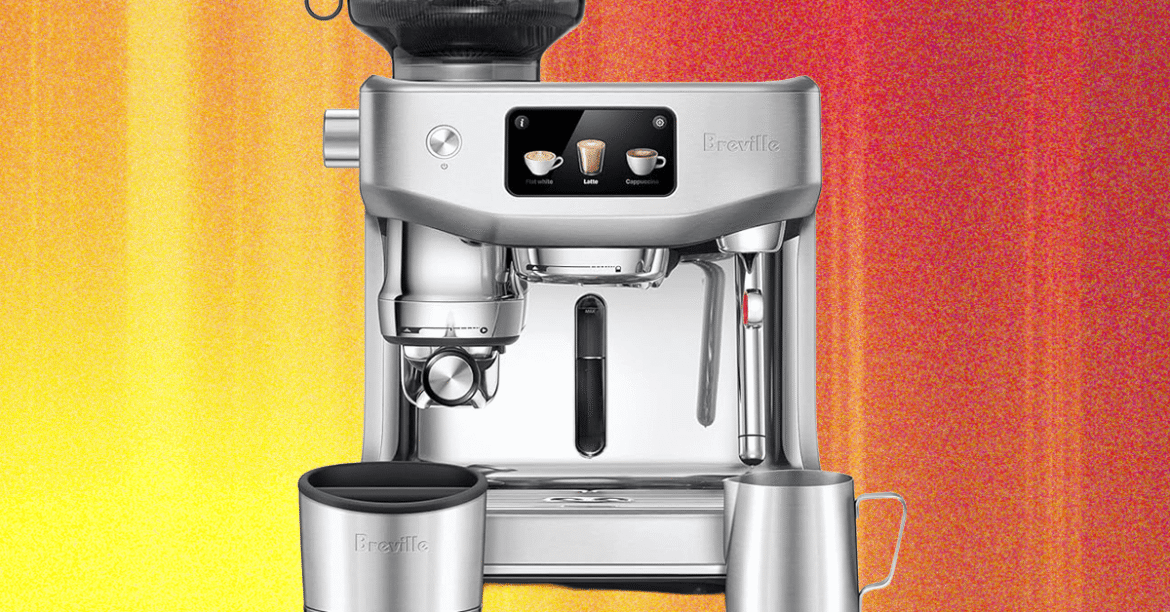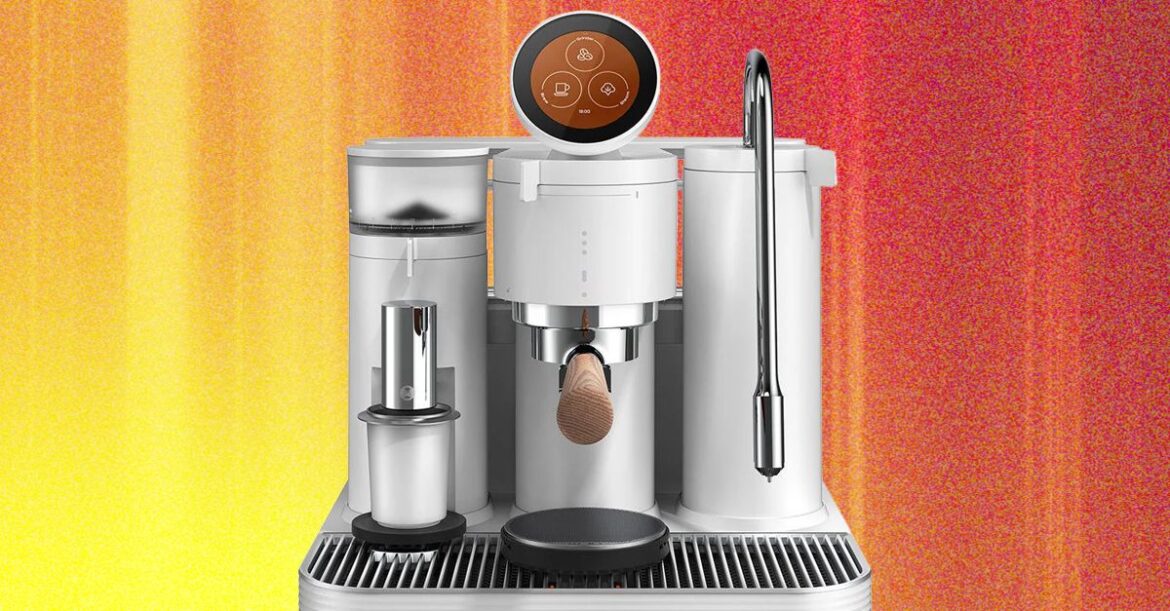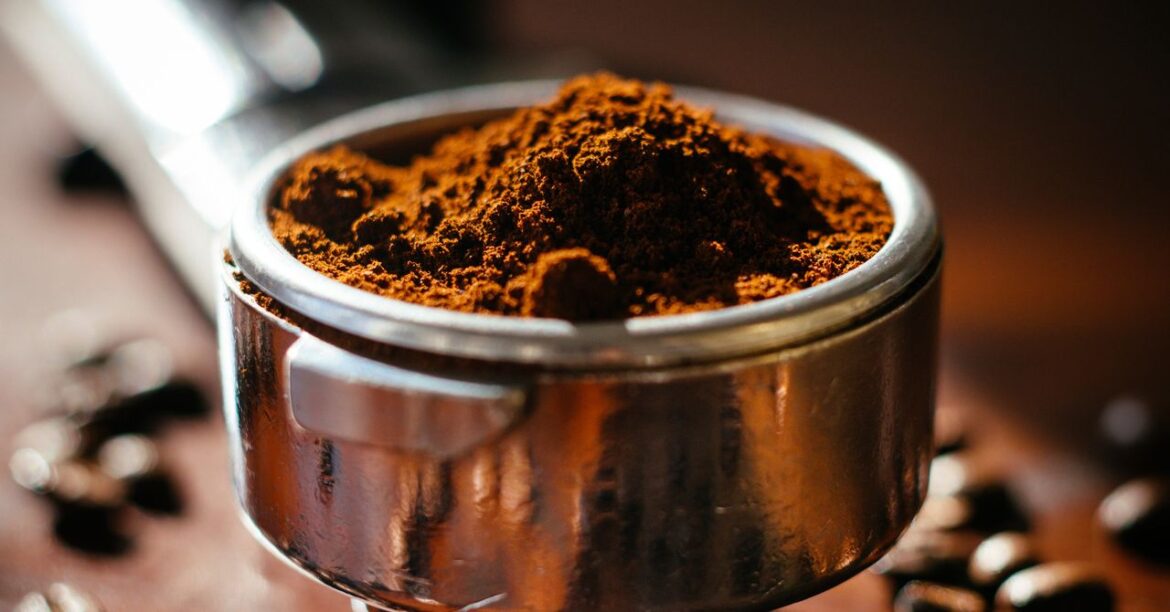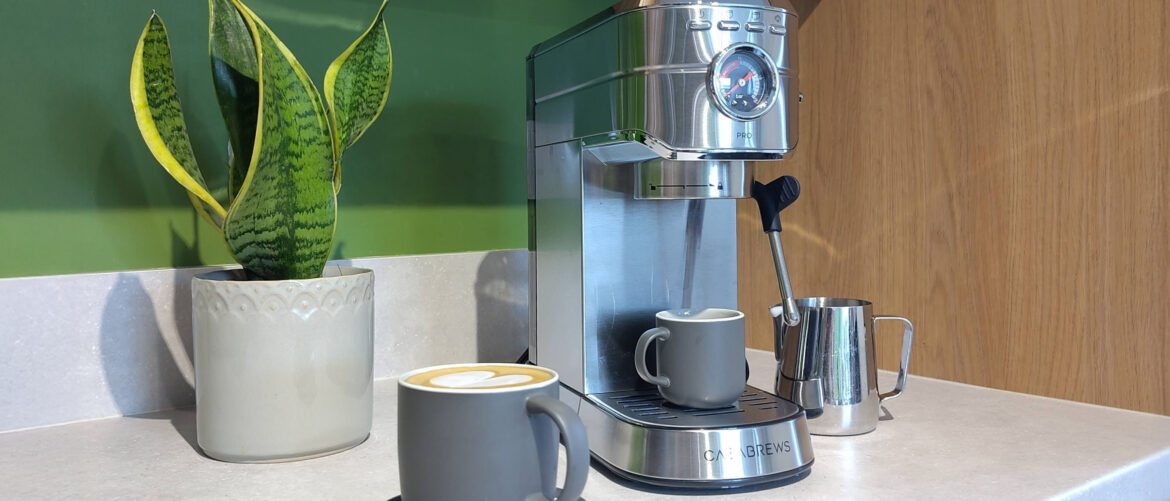Hi. it turns out Prime Day is only really a suggestion on the calendar. A lot of brands like to kick out early Prime Day deals before getting lost in the big din of Prime Big Deal Days on October 7-8. (See here for early Prime Day deals on laptops, earbuds, and more.)
The two most popular espresso machines on Earth—as judged by Amazon sales, anyway–are both on sale for $100 off this week, ahead of Amazon Prime Day’s October reprise. These are a couple of the best early Prime Day Deals.
$100 off Ninja Luxe Cafe Premier Before Prime Day
Photograph: Tyler Shane
Photograph: Tyler Shane
Photograph: Tyler Shane
Ninja
Luxe Cafe Premier Series Espresso Machine
The most exciting deal of the pair is probably the Ninja Luxe Cafe Premier ($500), on sale for the lowest price we’ve ever seen it.
When Ninja announced it was jumping into the semiautomatic espresso market, I didn’t know quite what to make of it. But Ninja seems to have applied its general flair for multipurpose machines to this beautifully beginner-friendly espresso machine with a 25-setting conical burr grinder, a built-in scale (thank you), and options for cold brew and drip coffee.
WIRED contributing reviewer Tyler Shane was likewise skeptical of Ninja’s first espresso device when it arrived but ended up loving the excellent milk steaming and the fact that this Ninja grinds espresso shots by weight. (Why doesn’t everybody?) She also appreciated the reasonable price—a price that’s even more reasonable ahead of Prime Day.
$100 off Breville Barista Express
Courtesy of Breville
Breville’s Barista Express ($600) semiautomatic espresso machine has been Amazon’s best-selling espresso machine for years—so long it’s hard to remember a time when it wasn’t the top-selling pick.
Why’s it so popular? It’s a Goldilocks thing—a mix of accessible price, Breville’s excellent reputation for customer service on high-ticket items, and beautiful ease of use on a semiautomatic machine with a built-in grinder that makes full-flavored, well-extracted espresso. This $100 discount isn’t quite the lowest price we’ve seen on it—it’s been down to $550 before—but it’s a very good price.
And besides, this Breville has the merit of being a tried-and-true machine. WIRED reviewer Julian Chokkattu has been pulling shots from his Barista Express for six years now, and it’s still going strong. No wonder the Express has been among WIRED’s top espresso machine picks for ages.

